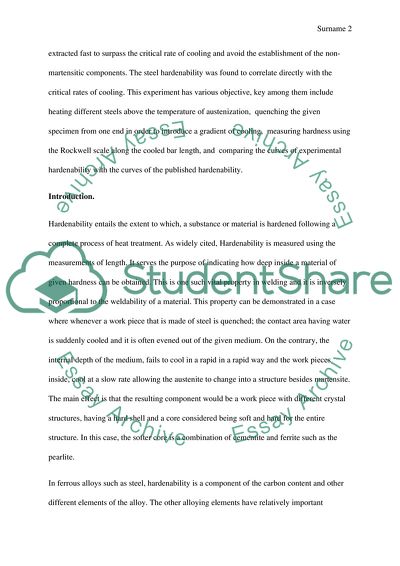Cite this document
(Jominy Hardenability test Lab Report Example | Topics and Well Written Essays - 1750 words - 1, n.d.)
Jominy Hardenability test Lab Report Example | Topics and Well Written Essays - 1750 words - 1. https://studentshare.org/engineering-and-construction/1794962-jominy-hardenability-test
Jominy Hardenability test Lab Report Example | Topics and Well Written Essays - 1750 words - 1. https://studentshare.org/engineering-and-construction/1794962-jominy-hardenability-test
(Jominy Hardenability Test Lab Report Example | Topics and Well Written Essays - 1750 Words - 1)
Jominy Hardenability Test Lab Report Example | Topics and Well Written Essays - 1750 Words - 1. https://studentshare.org/engineering-and-construction/1794962-jominy-hardenability-test.
Jominy Hardenability Test Lab Report Example | Topics and Well Written Essays - 1750 Words - 1. https://studentshare.org/engineering-and-construction/1794962-jominy-hardenability-test.
“Jominy Hardenability Test Lab Report Example | Topics and Well Written Essays - 1750 Words - 1”. https://studentshare.org/engineering-and-construction/1794962-jominy-hardenability-test.


